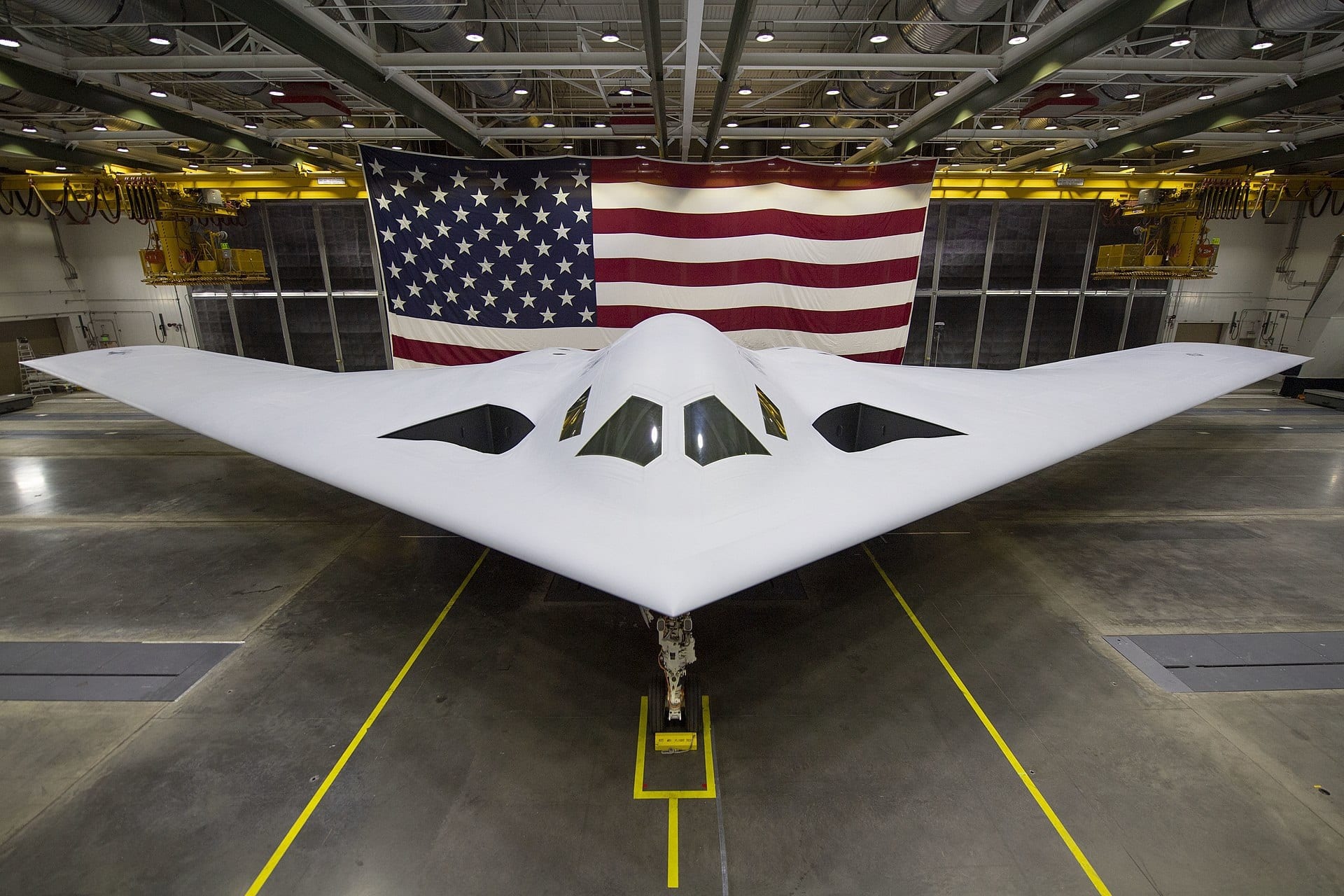Year after year and bill after bill, Congress keeps telling the Pentagon to reduce near-term risk by maintaining capacity and to meet global combatant commander requirements. Yet one administration after the next continues to shrink and age the U.S. military. The result is now clear: The U.S. is left with fewer options to manage global events and keep simmering crises from bursting into full-blown conflicts.
Marines stuck on-base in Japan for lack of available ships were forced to skip a recent training exercise. After February’s devastating earthquake in Turkey, the commandant of the Marine Corps said he could not send help to a key NATO ally. Gen. David Berger had the Marines, the equipment, and the proper training for units. What the Marines didn’t have in the region was a ship, specifically an amphibious vehicle, for crisis response. The result, according to the commandant, is that combatant commanders “start to accept risk. Where they can’t get to something, they can’t deter something.”
Yet the gospel of “divest to invest” reigns supreme at the Pentagon.
Conflict and Competition
This year, the president’s defense budget seeks to let go of eight ships, including three amphibs, before the end of their service lives. Congress should reject this waste outright.
It is wasteful because not everything is utilized for war alone. Plenty of so-called legacy systems are needed for competition and deterrence on a daily basis. For example, so-called traditional intelligence, surveillance, and reconnaissance (ISR) aircraft such as the RC-135 were of limited utility after Russia invaded Ukraine. But just prior, those and other planes were “in constant use in the lead-up to the invasion” collecting critical intelligence, according to Defense Intelligence Agency director Lt. Gen. Scott Berrier.
Traditional ISR, it turns out, still provides the bulk of our intel collection. These systems “can collect on the periphery and actually analyze and process that information,” according to the general. Berrier concluded by reminding Congress of the obvious: there is a “balance between ISR in competition and ISR in conflict.”
Ya don’t say?
But the U.S. military is now so small that it is foreclosing options that are cheaper — namely, prevention — for outcomes that are avoidable, ugly, and costlier.
There are challenges to maintaining capacity wherever possible. But sacrificing credible combat capability for the promise of some replacement leaves us perennially waiting for a future that always seems another two years away. Indeed, leaders are scrambling to prevent a two-year schedule slip on the new Minuteman missile replacement right now.
Earlier this year, the Air Force’s long-overdue trainer replacement timeline slipped again, from 2024 to 2027. This lack of available new planes leads to an ever-elongating pipeline to train new Air Force pilots. The dearth of trainer aircraft is creating an 18-to-24-month wait just to begin pilot training, contributing to a pilot shortage crisis.
Meanwhile across the Air Force, the service now operates eight separate fleets over a half-century old, and one — the KC-135 tanker — that exceeds 60 years of life.
Time to Act Now
Enemies are not scared of ghost fleets and expanding bone yards. What does send a message is multiple cranking production lines across the services — everything from ships and drones to munitions and aircraft.
These hot production lines “by themselves, are a deterrent, and we need to put much more focus on that across the board,” Undersecretary of Defense William LaPlante told Congress last month.
But this Pentagon leadership team has proposed the permanent shuttering of too many production lines — from the LPD-17 amphib and the HH-60W rescue helicopter, to the CH-47 Chinook helicopter and the V-22 Osprey.
Recent history shows repeatedly that closed lines have workforces that do not easily return years later. Nor do converted facilities get recertified for regulatory and environmental reviews quickly. There is essentially no such thing as a “warm” line, where people and products wait around for the possibility of future orders.
Promises hold no sway. Only good old fashioned “consistent upward and adequately funded demand signals” will help better balance capacity and capability to compete and deter now, as well as win the war later. Pentagon leaders have repeatedly shown their bias to pass the problem to the next administration. Congress must now act to bridge the yawning military capability gaps.
MORE: The F-35 Now Comes in Beast Mode
MORE: Why the U.S. Navy Tried to Sink Their Own Aircraft Carrier
Now a 19FortyFive Contributing Editor, Mackenzie Eaglen is a senior fellow at the American Enterprise Institute (AEI), where she works on defense strategy, defense budgets, and military readiness. She is also a regular guest lecturer at universities, a member of the board of advisers of the Alexander Hamilton Society, and a member of the steering committee of the Leadership Council for Women in National Security.

